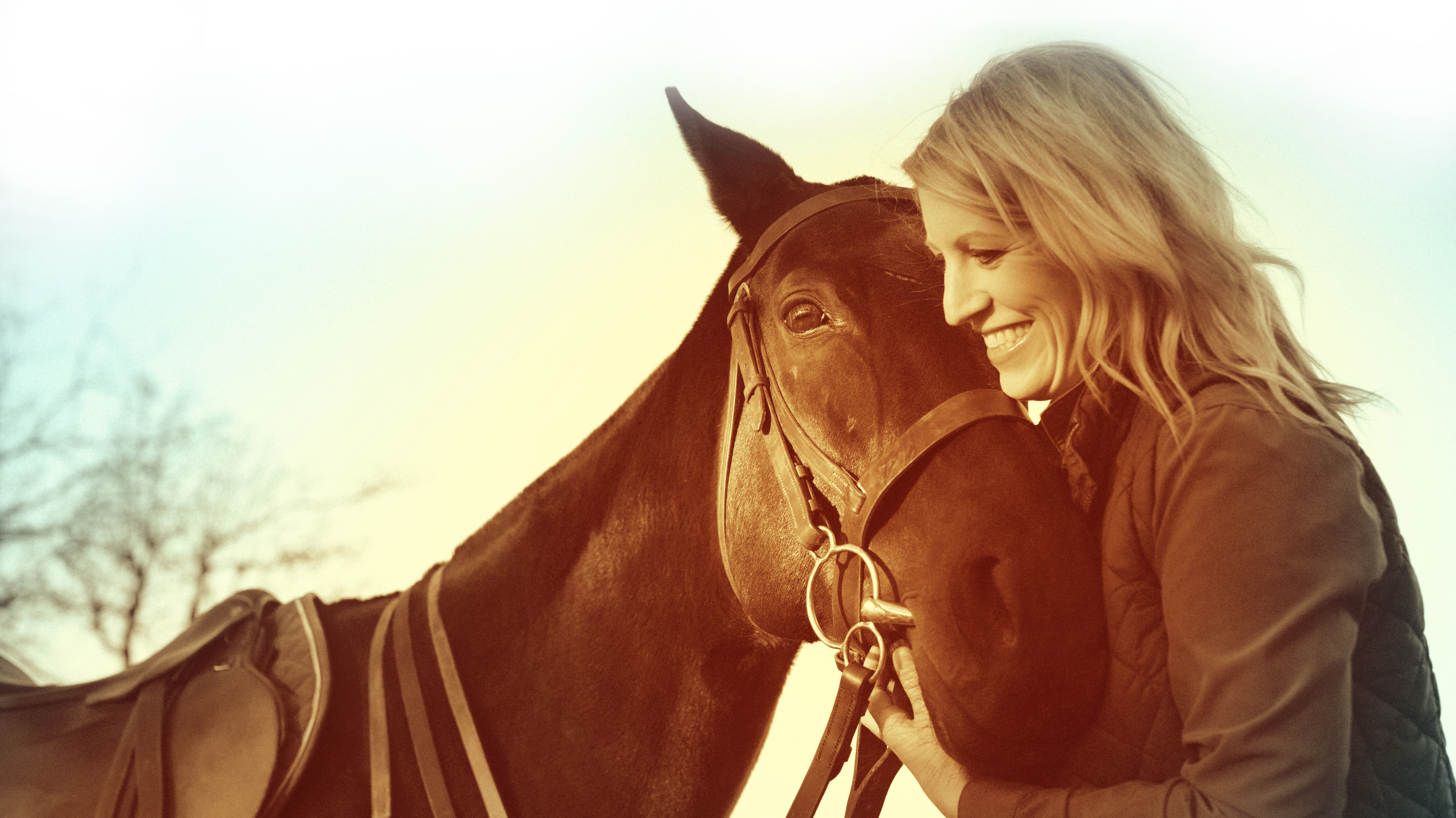Resources
Partnership Requirements and Resources
Our mission at The Right Horse Initiative is to massively increase equine adoption. We aim to make equine adoption accessible, welcoming and professional to help remove stigmas and make adoption an accepted way to acquire a horse.
To make that aim a reality, we ask all our Adoption Partners to adhere to the 13 basic requirements listed below. Use your checklist and worksheet to navigate these resources.
1. Have a desire to increase adoptions
- Helping Horses Find Homes Research
- How to Place Hard-to-Adopt Equines webinar
- Marketing Equines in Foster Care
- Expert Tips for Telling, Pitching & Sharing Your Stories
- 5 Social Media Tips for Equine Groups and Others
- Supercharge Equine Adoptions with Innovative Marketing webinar
- 6 Tips for Placing Special Needs Horses
- How to Home Special Needs & Unrideable Horses webinar
- Thoroughbred Makeover Highlights Horses in Second Career
- Strategies for Placing Special Needs Horses
- Oldies & Goodies Senior Horse Adoption Programs
- 6 Tips for Successful Equine Fostering
- A Model Equine Foster Program
- Training & Supporting Equine Fosters
2. Have a collaborative spirit and desire to work with other adoption organizations
3. Participate in Equine Welfare Data Collective
4. Adhere to best practices in nonprofit or governmental organizational management
Your organization must be either a governmental organization or a 501(c)(3) organization. All 501(c)(3) organizations must be organized under the laws of a state and may not be unincorporated. Your organization must be in good standing with the secretary of state in the state where it is incorporated.
A majority of your board must be independent both from your organization and from one another. For example, a majority should not be paid employees of the organization. Similarly, a majority should not be members of the same family. Ideally, the board is made up of individuals that will provide unbiased checks and balances to assure the organization is keeping true to its mission and vision and in full compliance with financial, legal, and other organizational requirements.
Compensated board members must not serve as board chair or treasurer.
Unless you are an entirely foster-based organization, the land where your organization is located and equines are maintained must either be owned by your organization or your organization must be on the land pursuant to a valid lease. This is important because it ensures that the equines have safe harbor.
5. Maintain a high standard of equine care
- AAEP Care Guidelines
- Keep Horses Healthy with Biosecurity & Barn Disinfection article in The Horse
- Disaster Planning Tips for Horse Owners & Equine Rescues
- Certified Horsemanship Association Fire Safety Checklist
- Certified Horsemanship Association Emergency Planning
- Talking with Harmony Equine Center about Euthanasia
- Talking with Heart of Phoenix Equine Rescue about Euthanasia
6. Transfer legal ownership to adopters within a year of adoption
7. Utilize a successful adoption matching program
Adoption Partners utilize an adoption matching program to help assure adopters have transparency regarding the equines’ health, training level and behavior and good matches are made between the right adopter and the right horse.
8. Employ contracts, adoption policies, procedures and applications that are clear, transparent and free from unnecessary barriers to adoption
Allow adoptions to qualified adopters out of state.
Provide a support system and ability to work with new adopters/owners.
Prohibit or limit breeding of adopted equines.
Allow equines to be used in a lesson/therapy program or other working home, if appropriate for the equine.
Allow the adopter to make decisions regarding housing, veterinary and farrier care, feeding, and other management decisions (ie not requiring pre-approval for moving, veterinary procedures or choice of practitioners) so long as the adopter provides for the health and well-being of the equines.
9. Offer a lifetime safety net for adopted equines and be willing take returns at any time
Adoption Partners should have follow-up procedures that are supportive and helpful but not excessive or overly burdensome to adopters.
Request that adopters notify the organization and provide new owner’s contact information if the equine is re-homed post-adoption.
Allow other options for re-homing besides returning to the organization.
10. Microchip all equines
11. Source equines from owner relinquishment, law enforcement, BLM or other wild horse source, stray or directly from auction and refrain from purchasing from “kill pens/bail outs”
12. Embrace positive equine adoption language
Recognize the power of language to affect the public perception of horses and use positive language accordingly when describing adoptable horses.
Utilize The Right Horse glossary, which can be found on therighthorse.org, for suggestions on language that promotes equine adoption.
13. Use My Right Horse to promote adoptable equines.
Keep listings up to date.
Provide quality photos, videos and transparent information.
Be responsive to inquiries from potential adopters.
